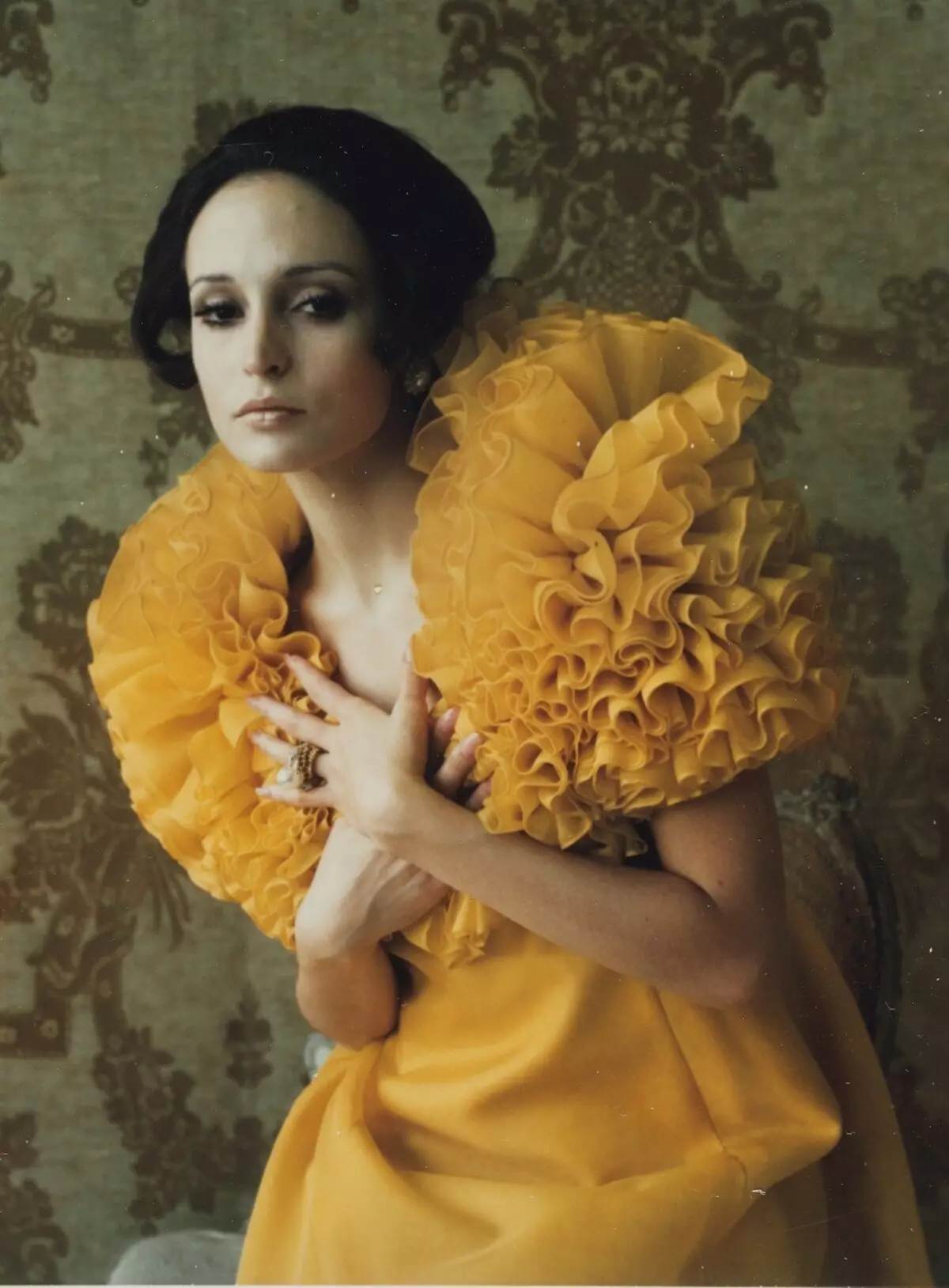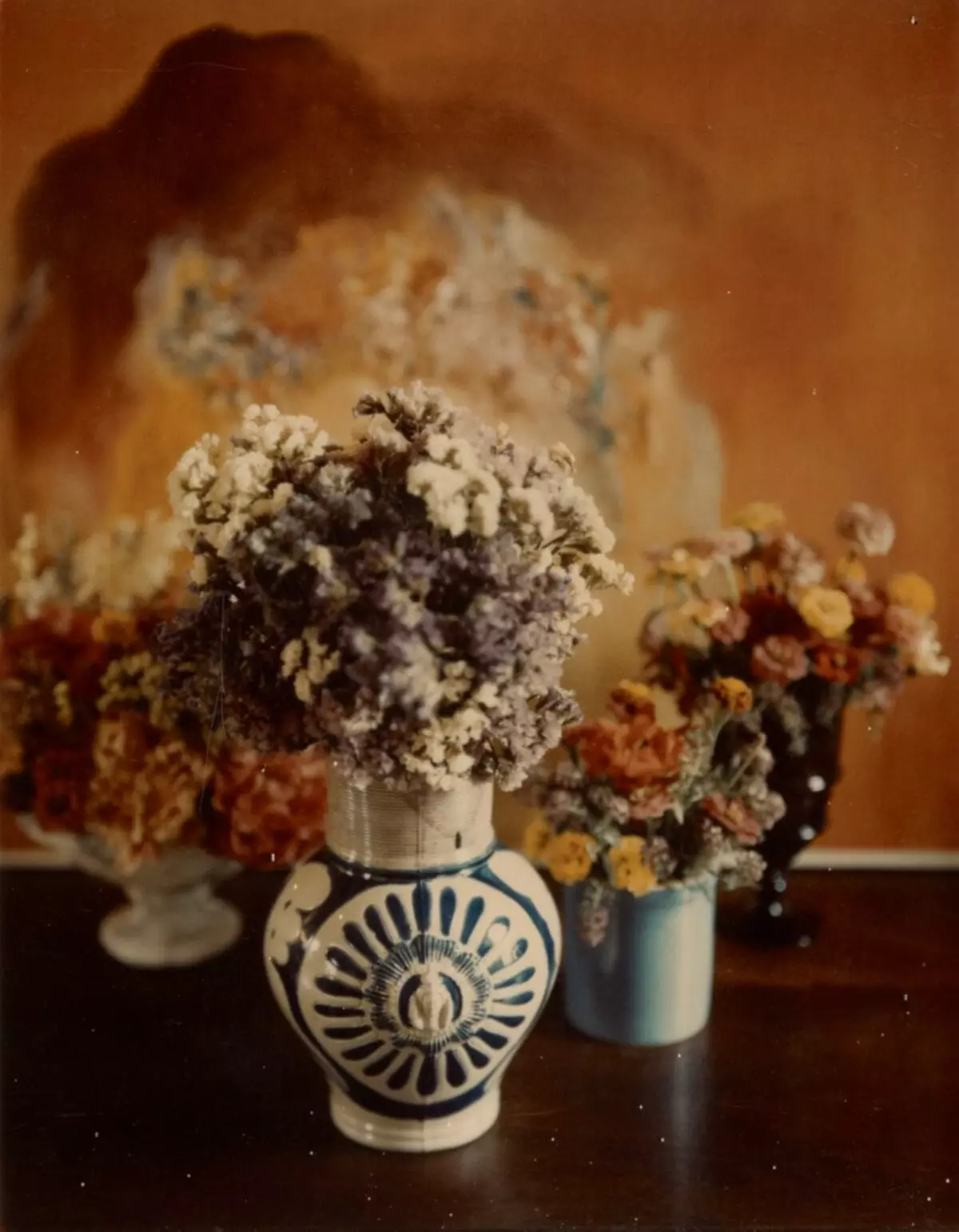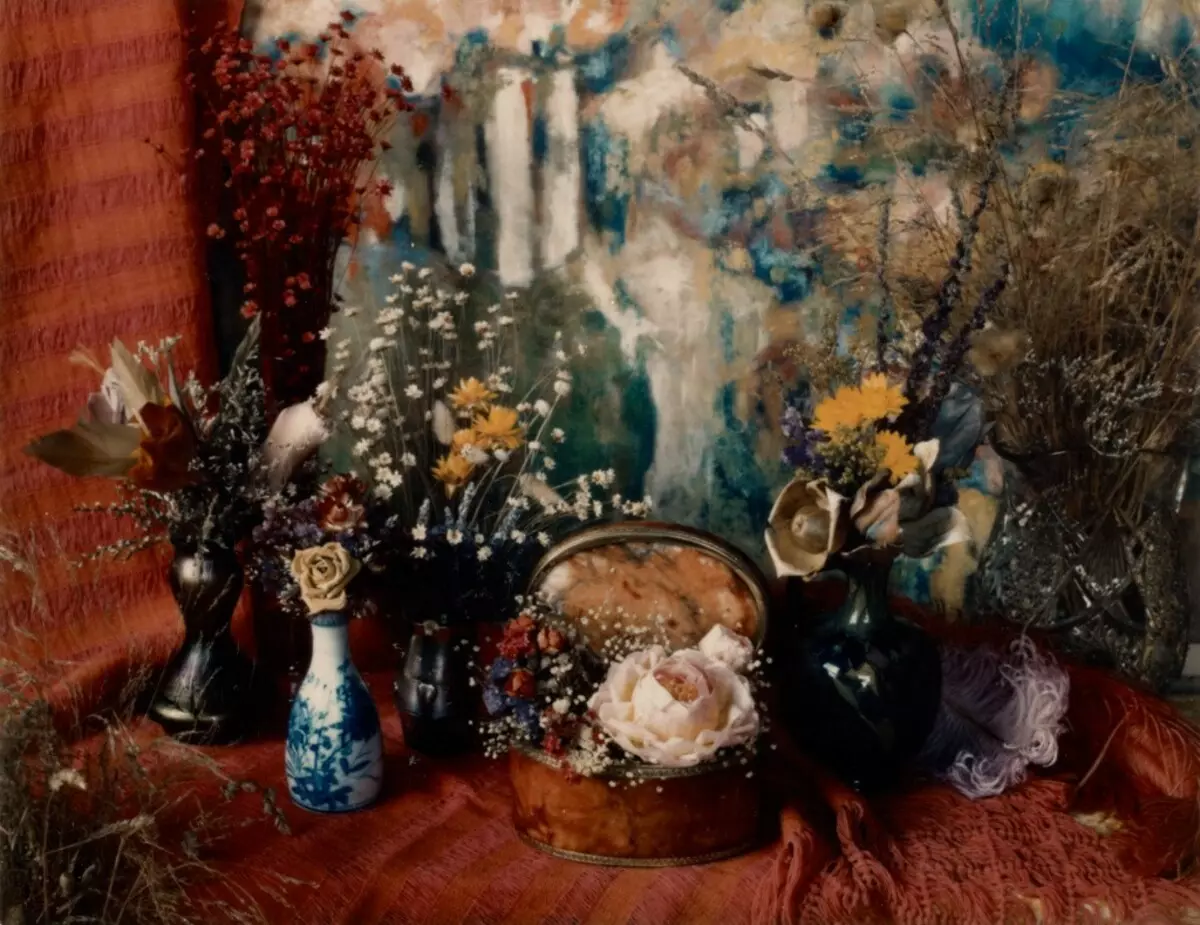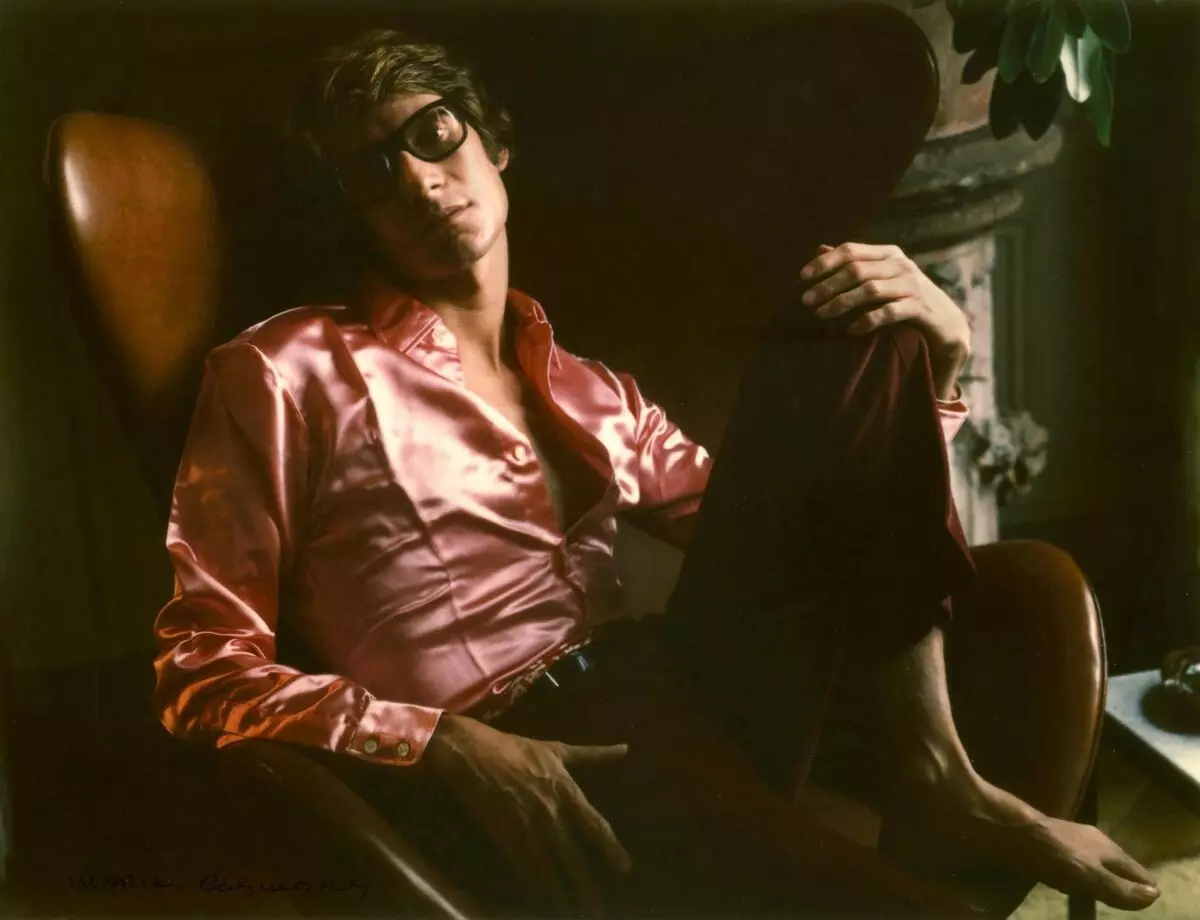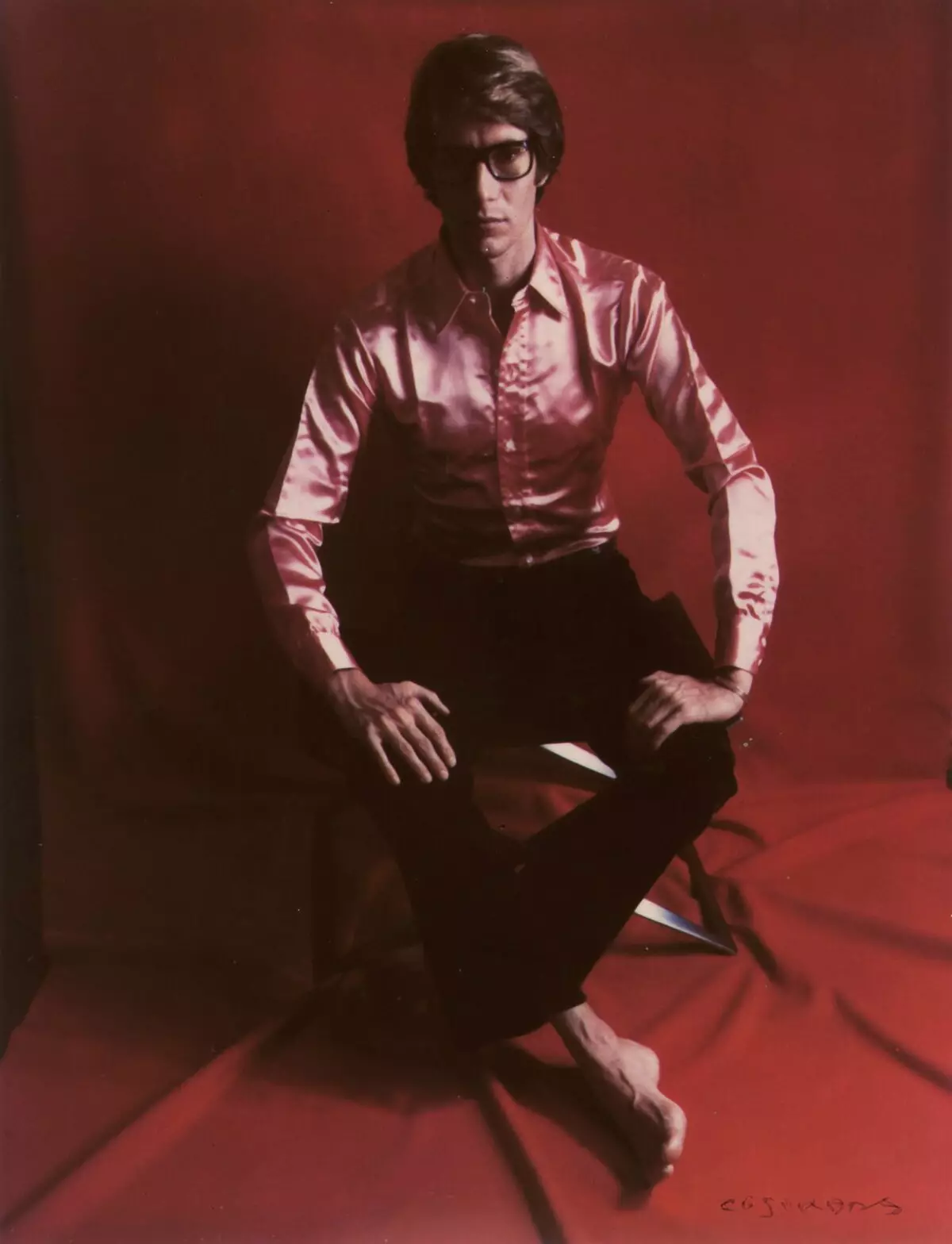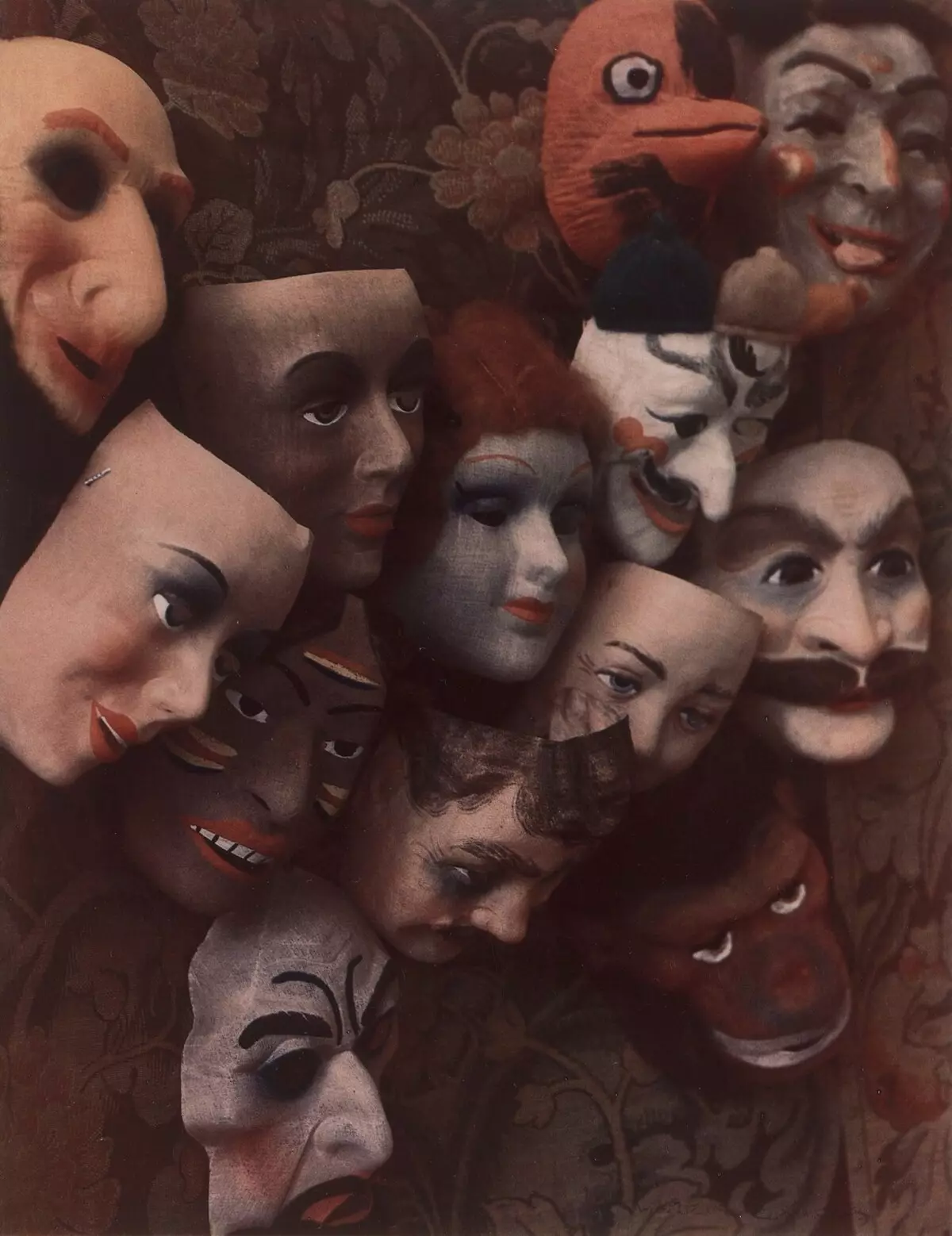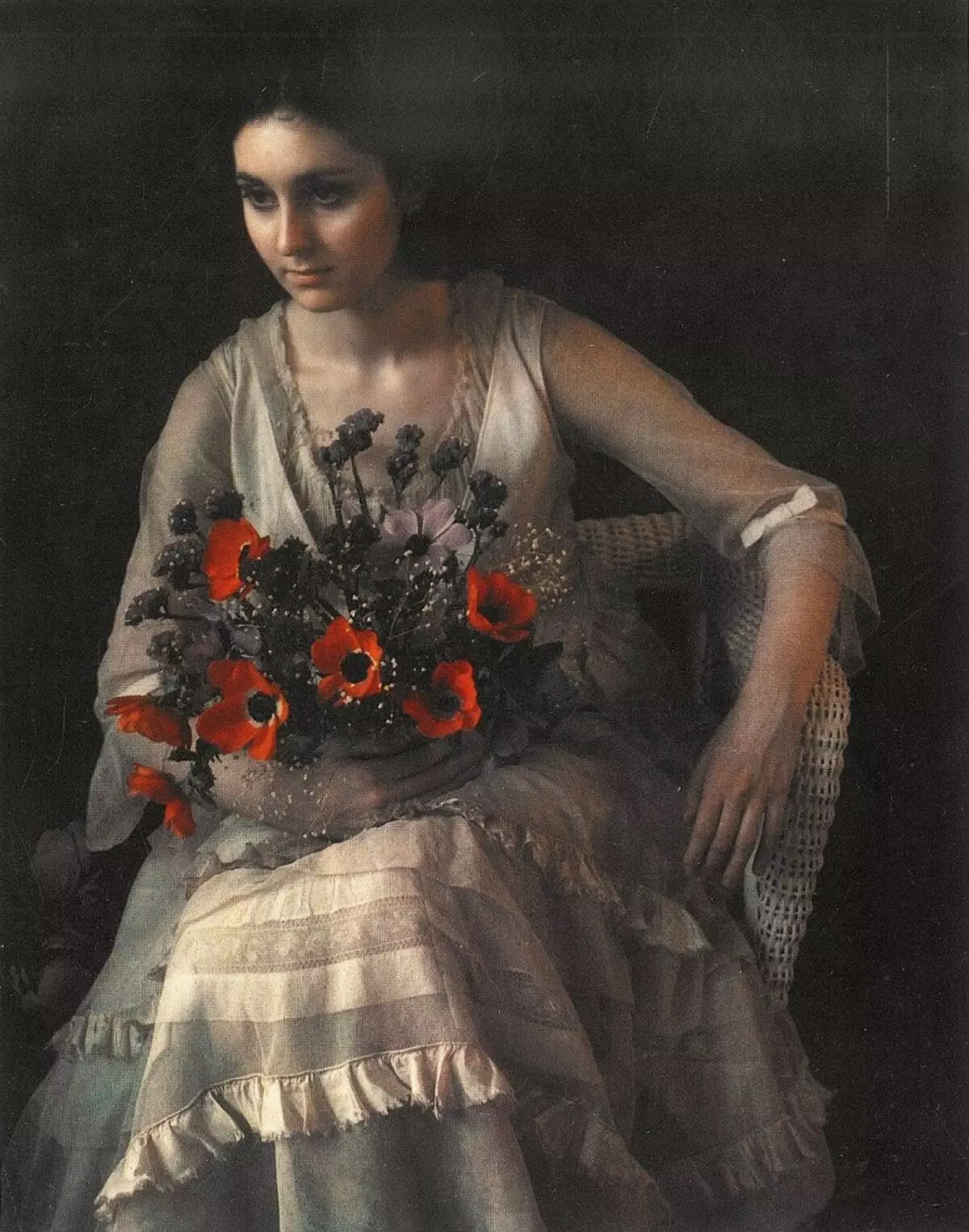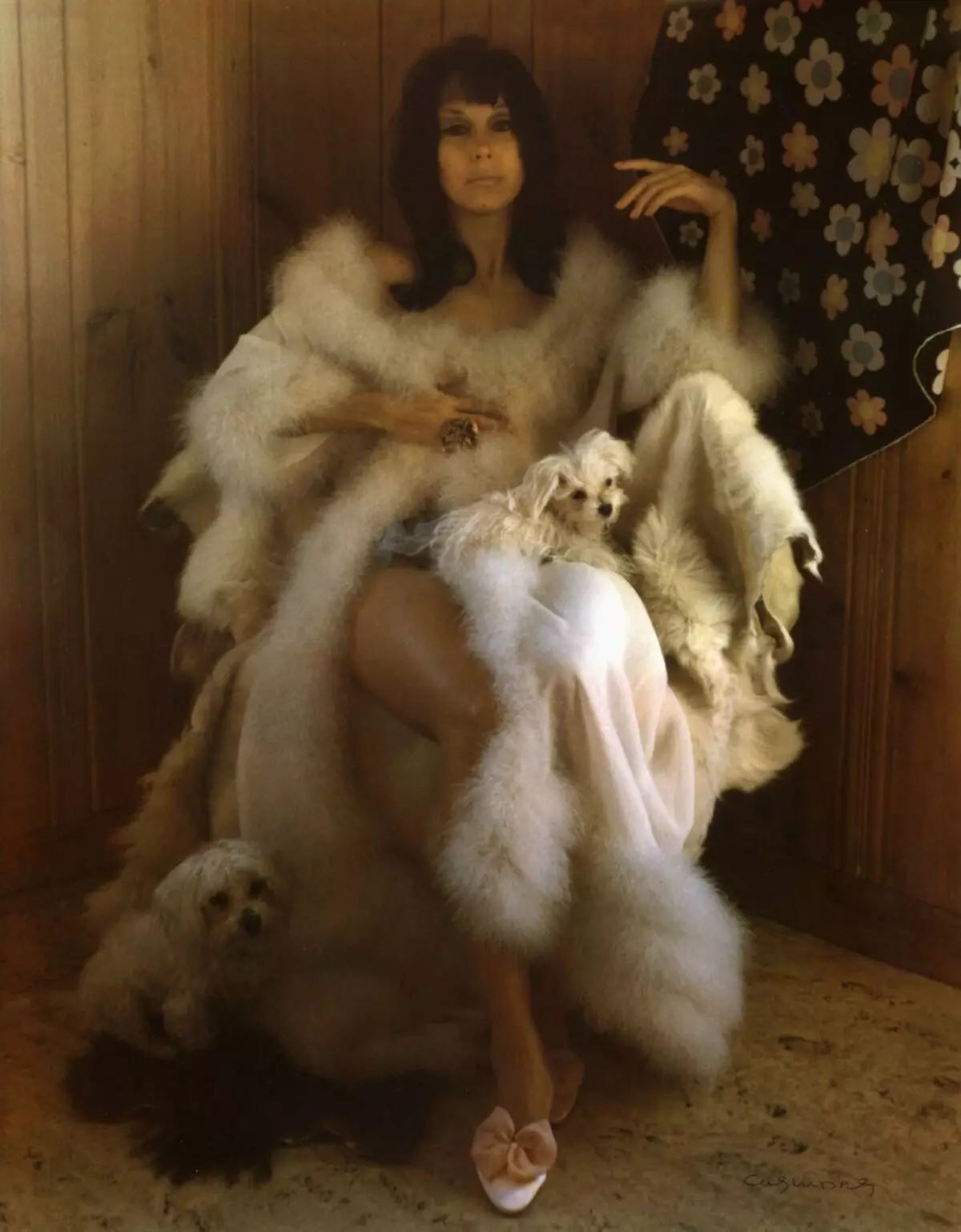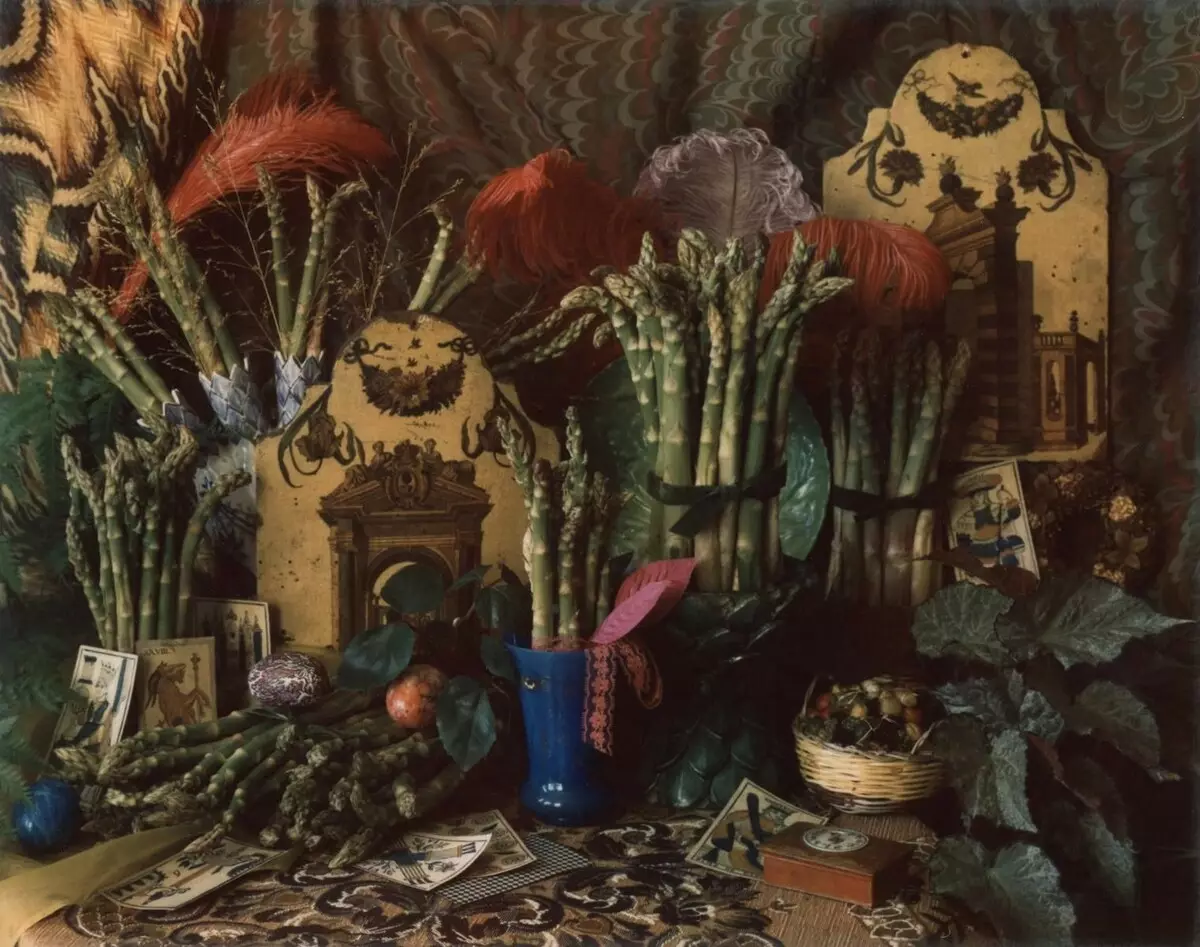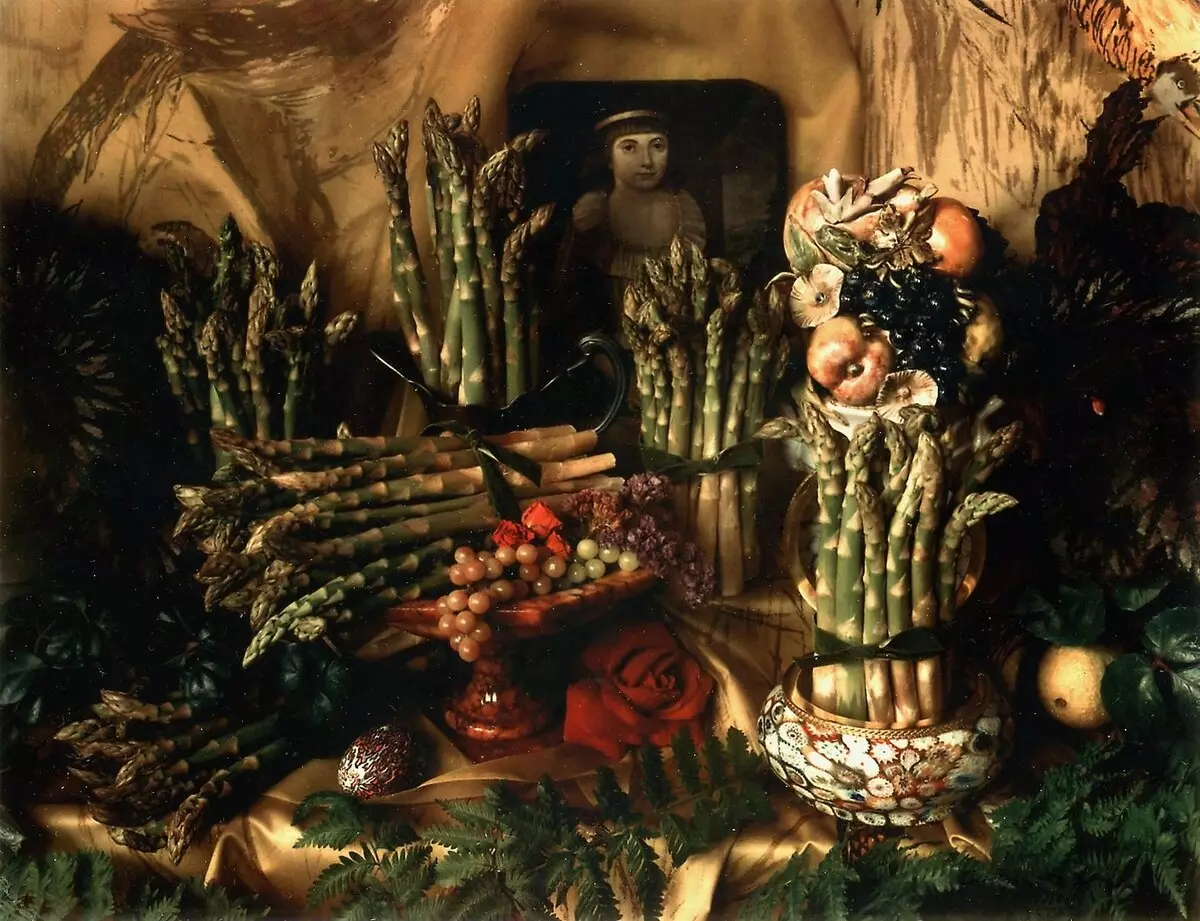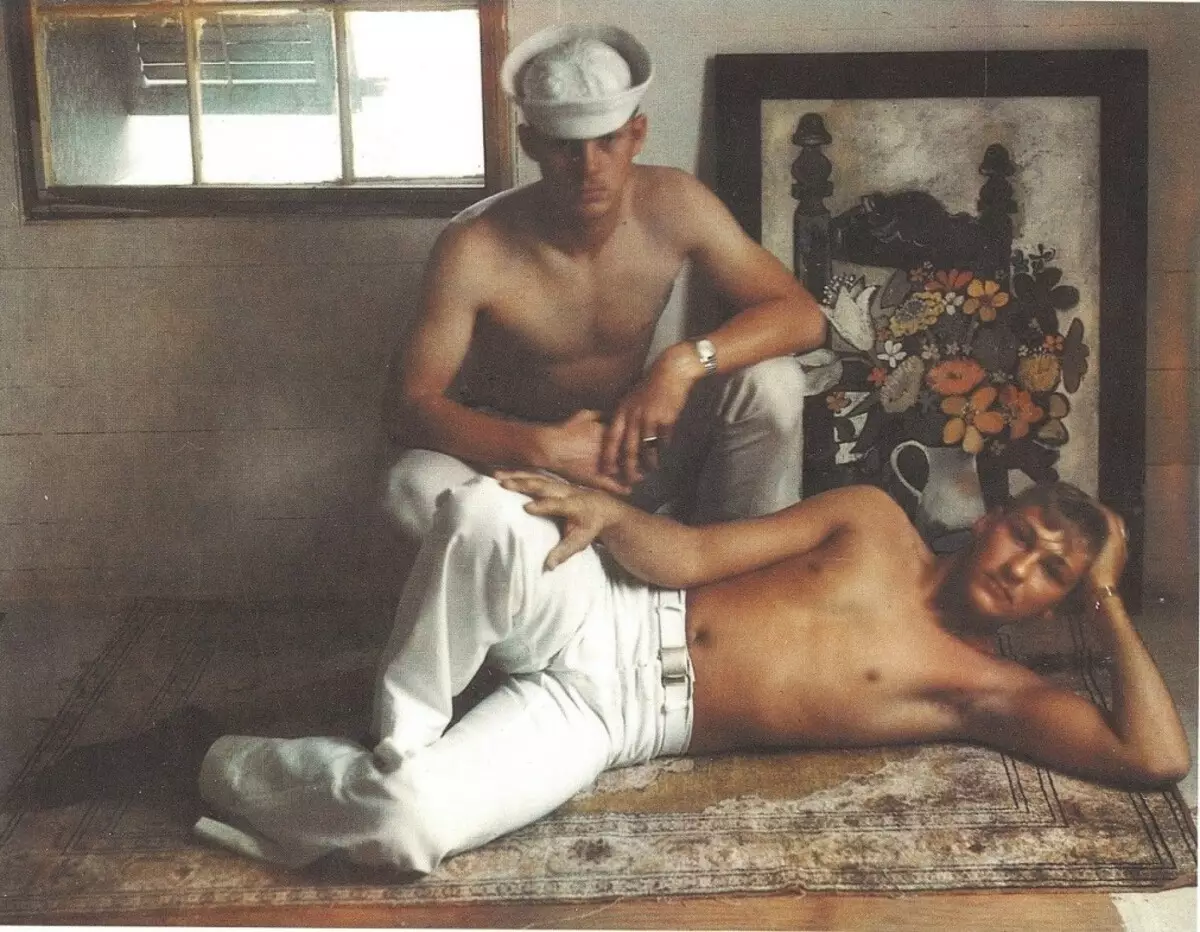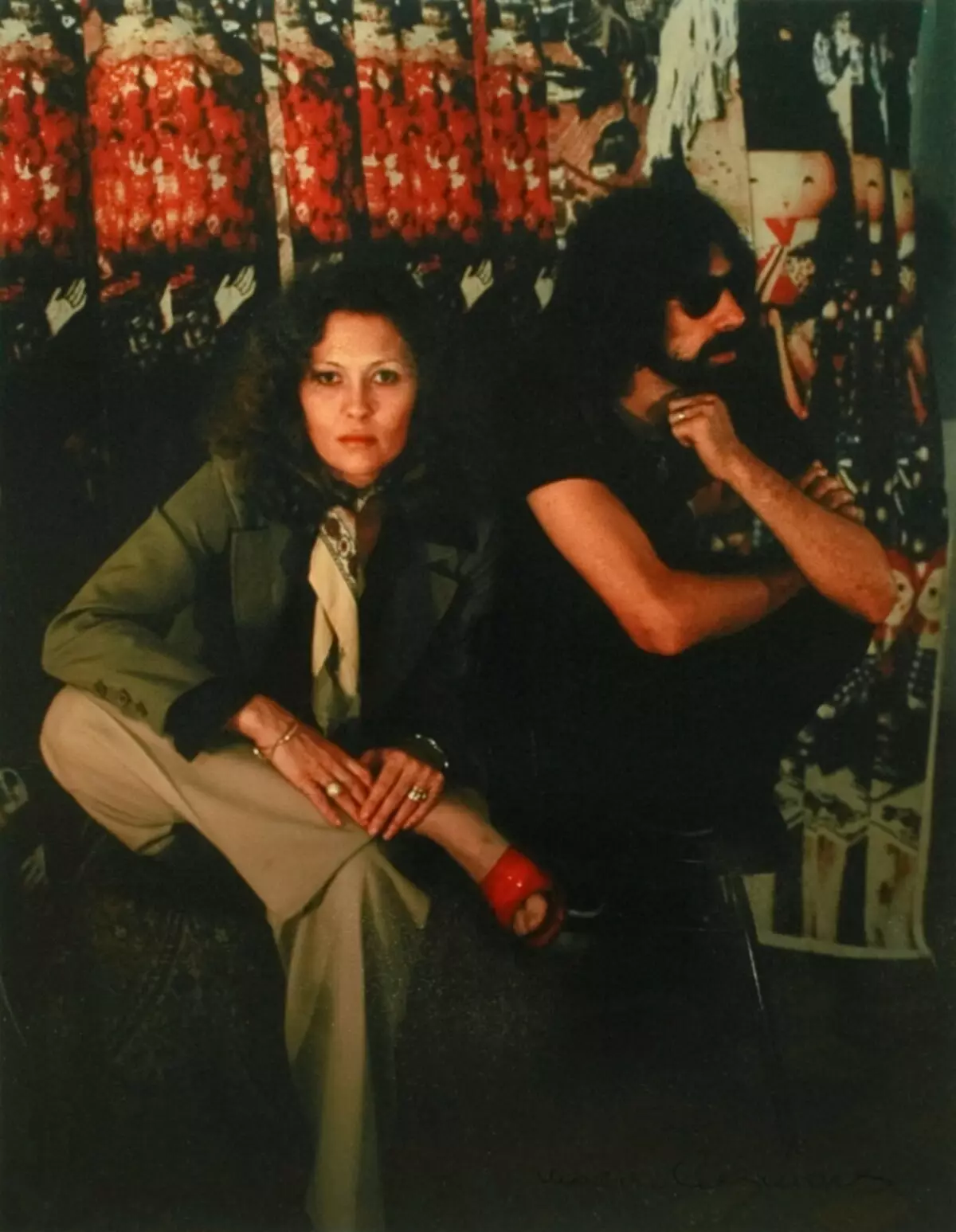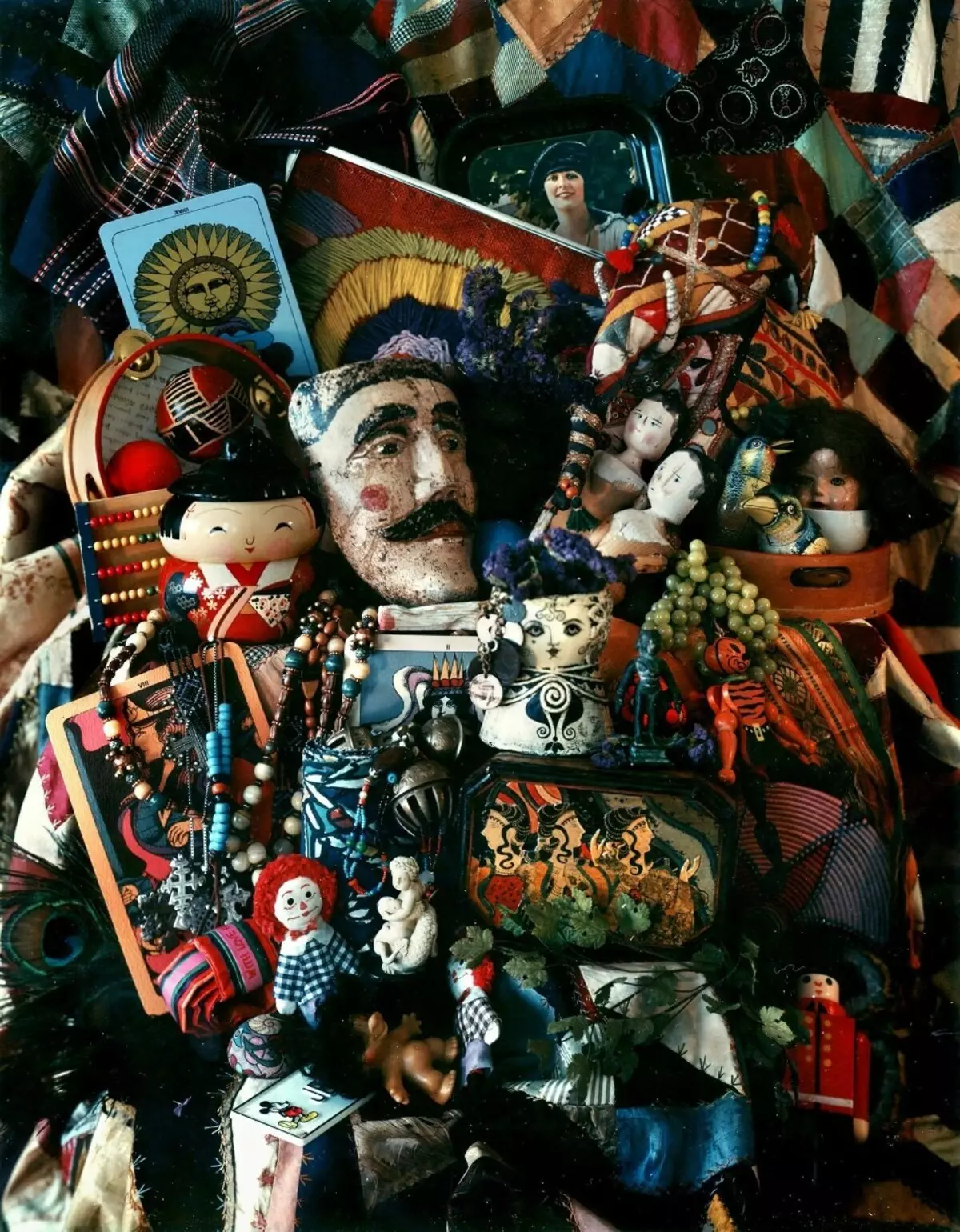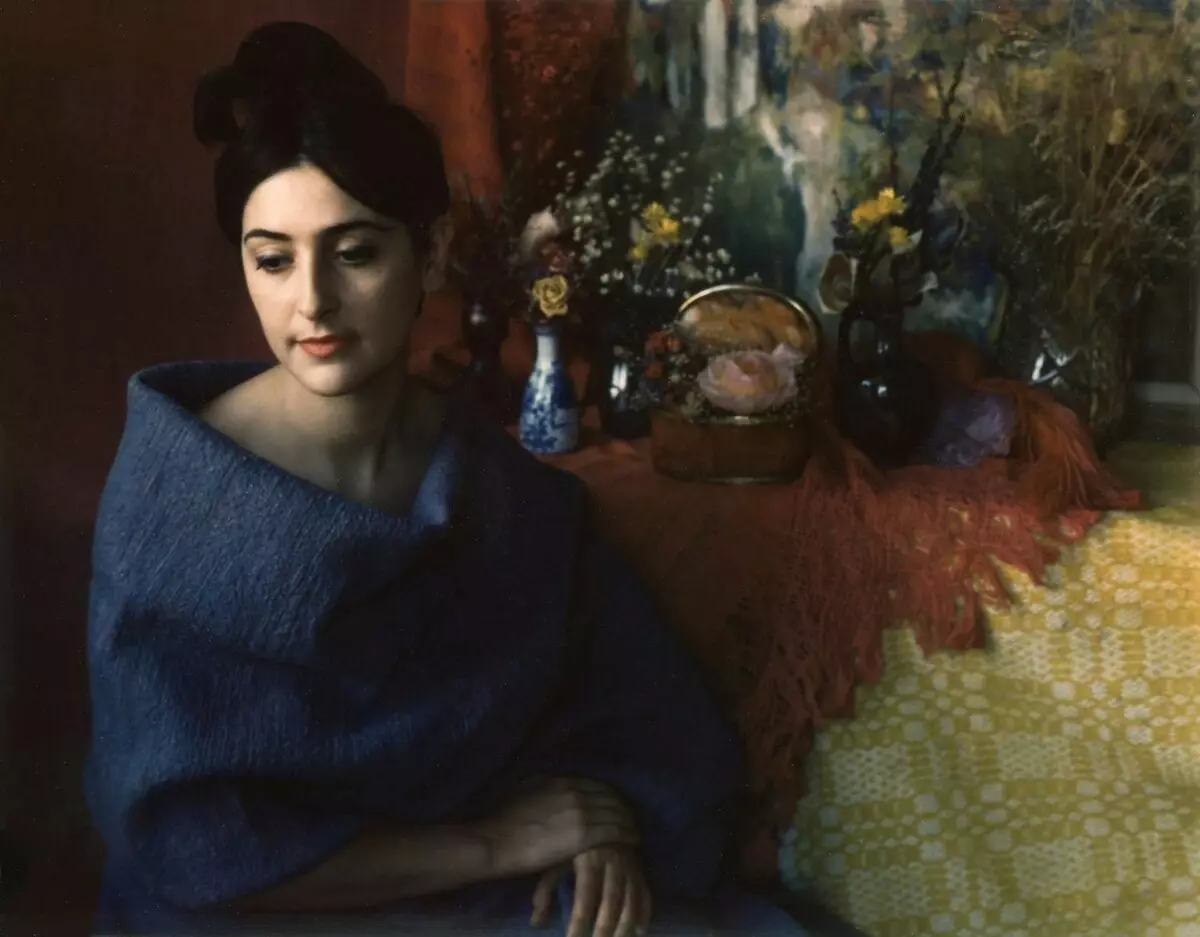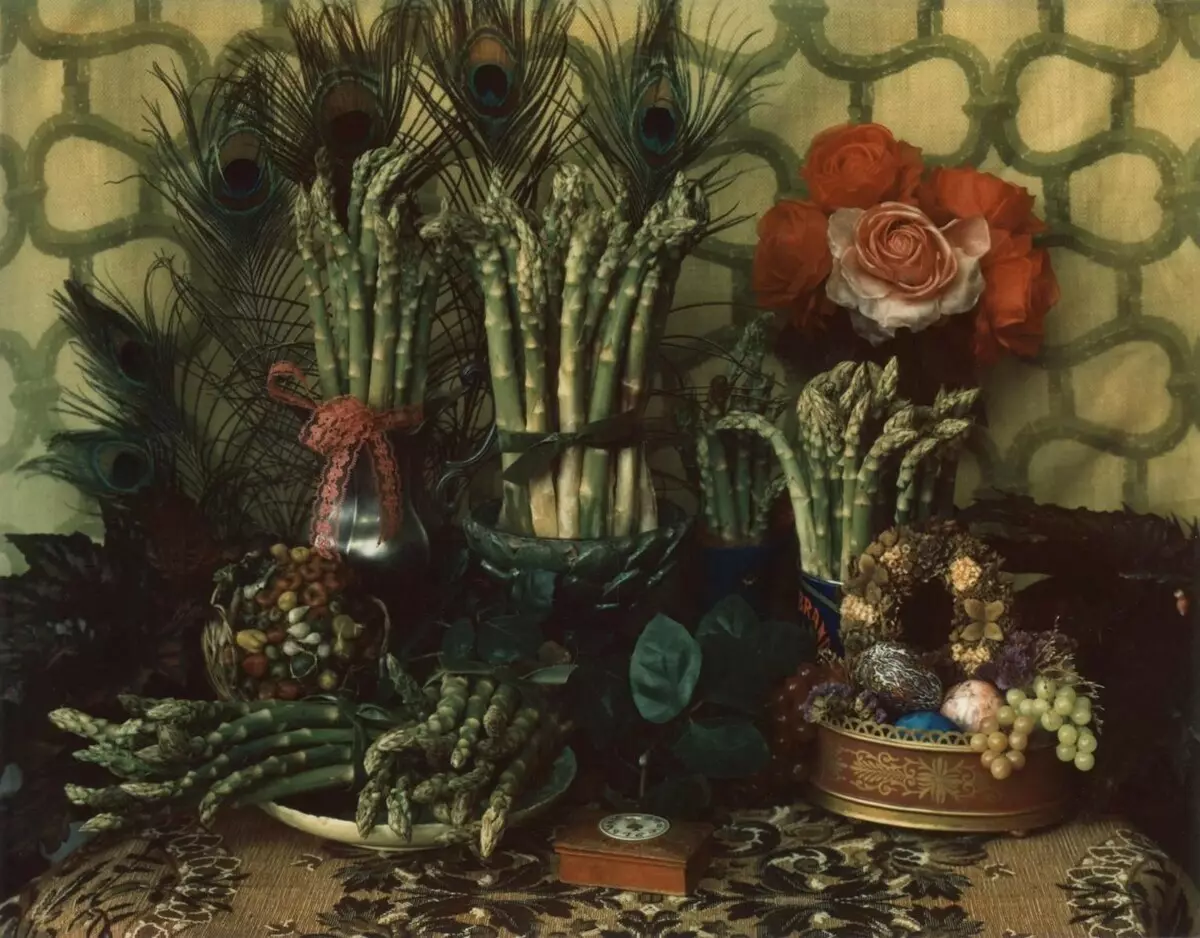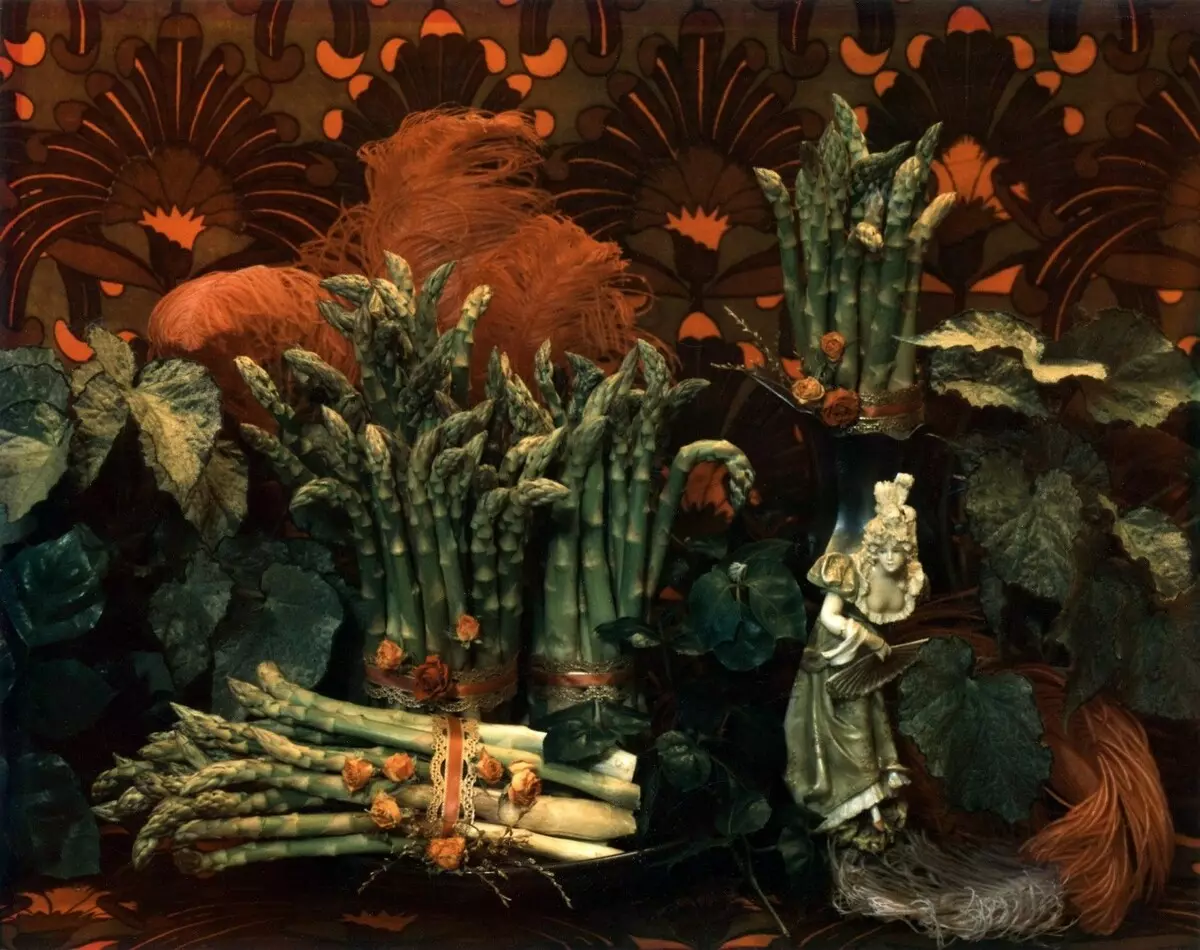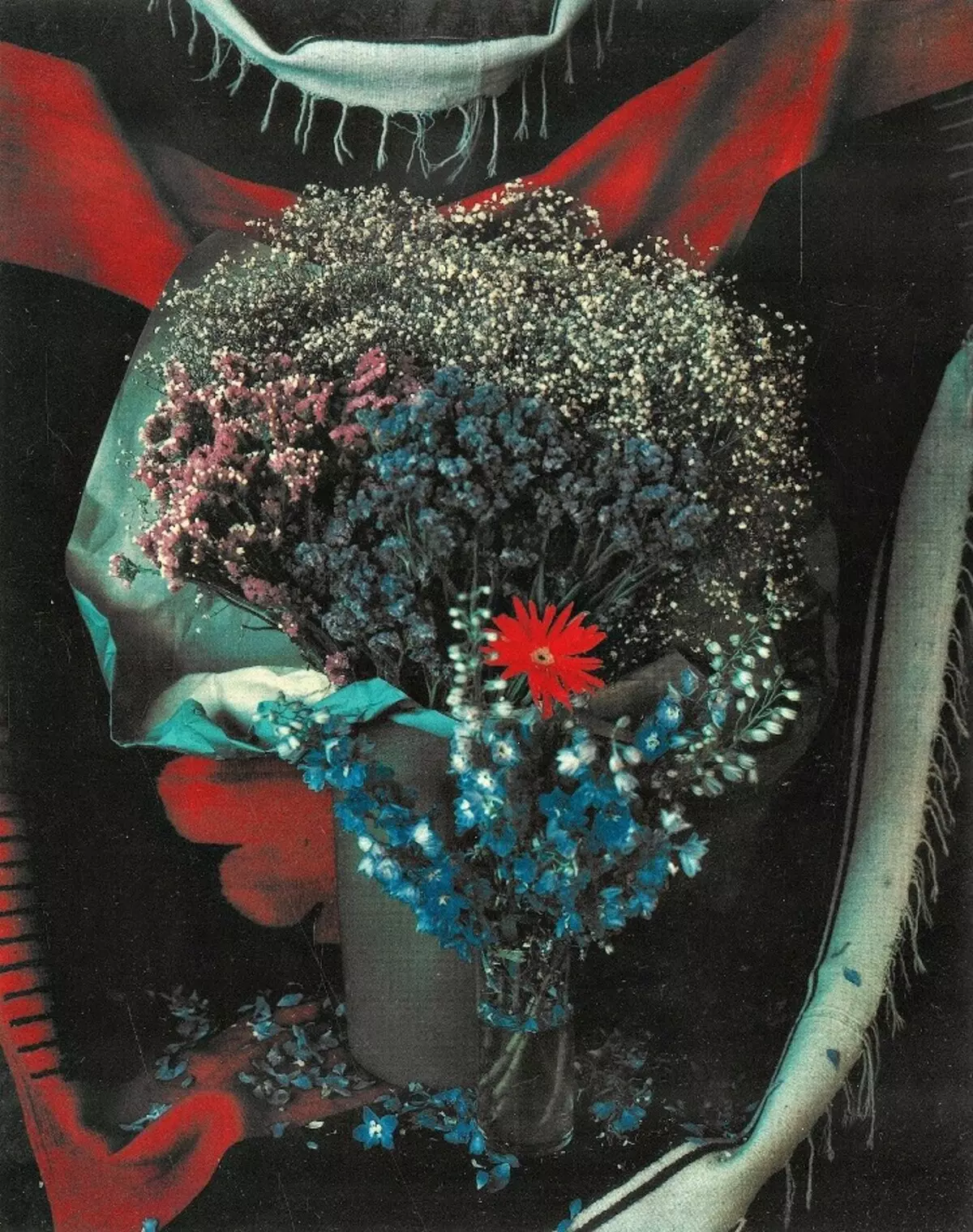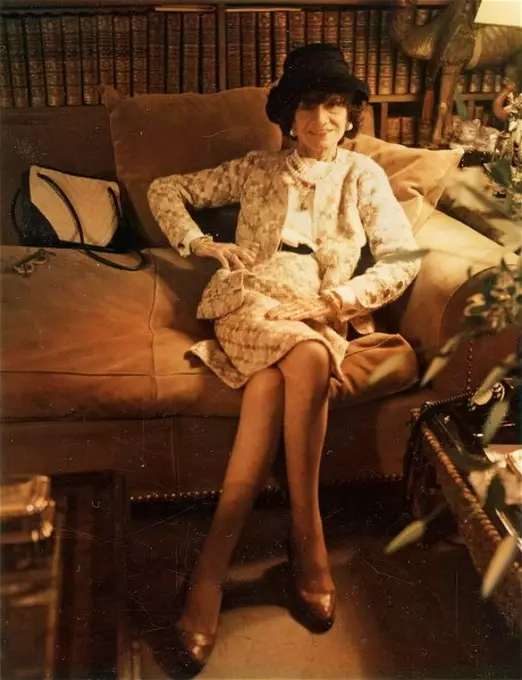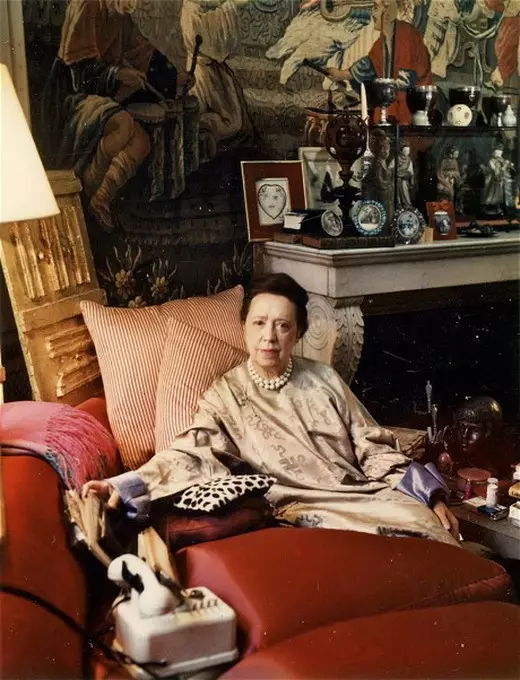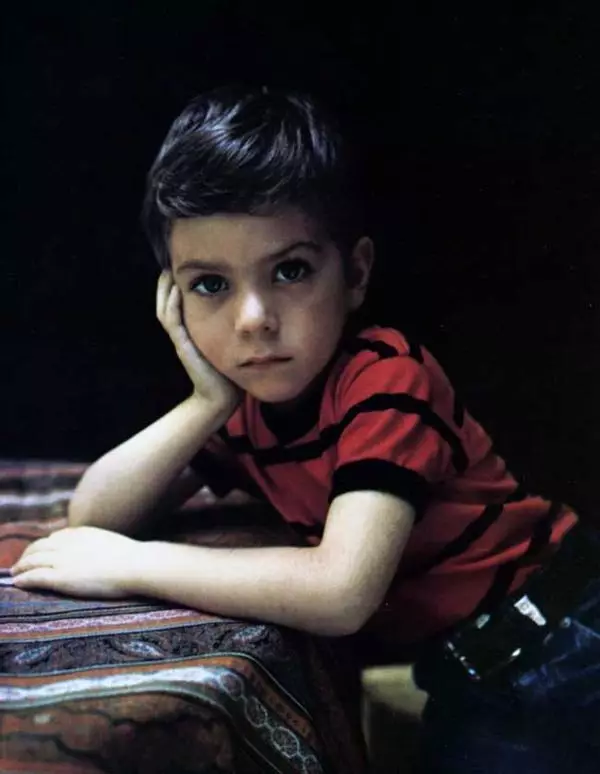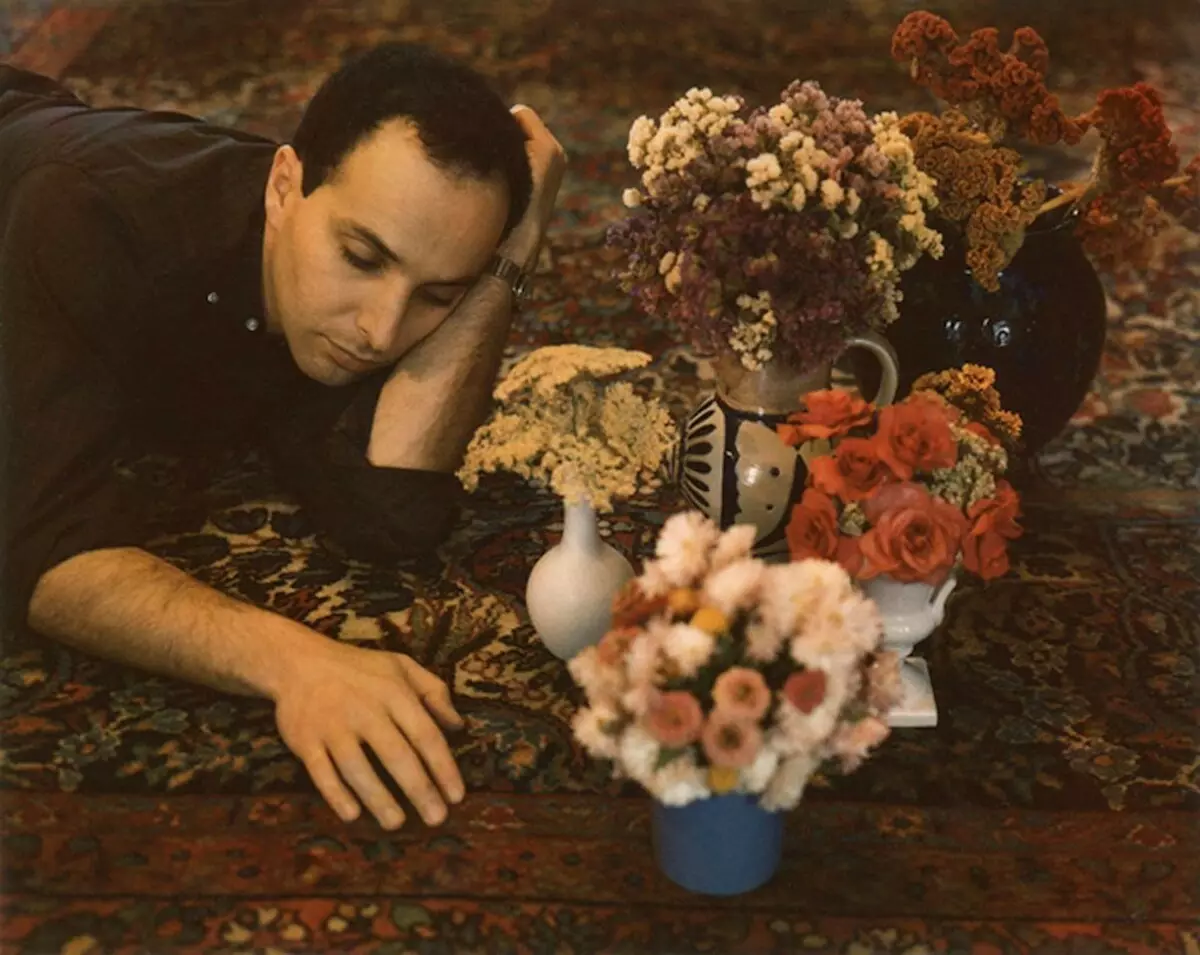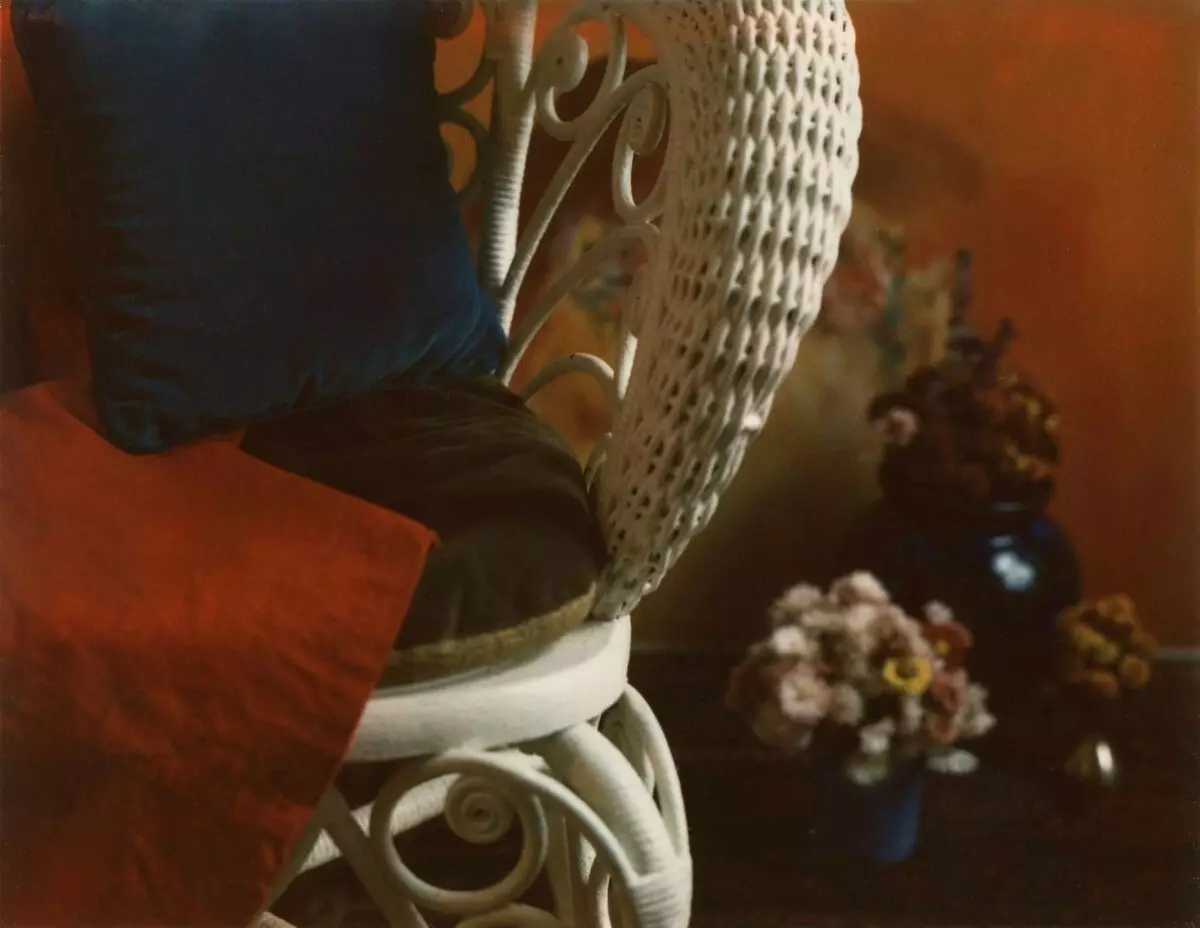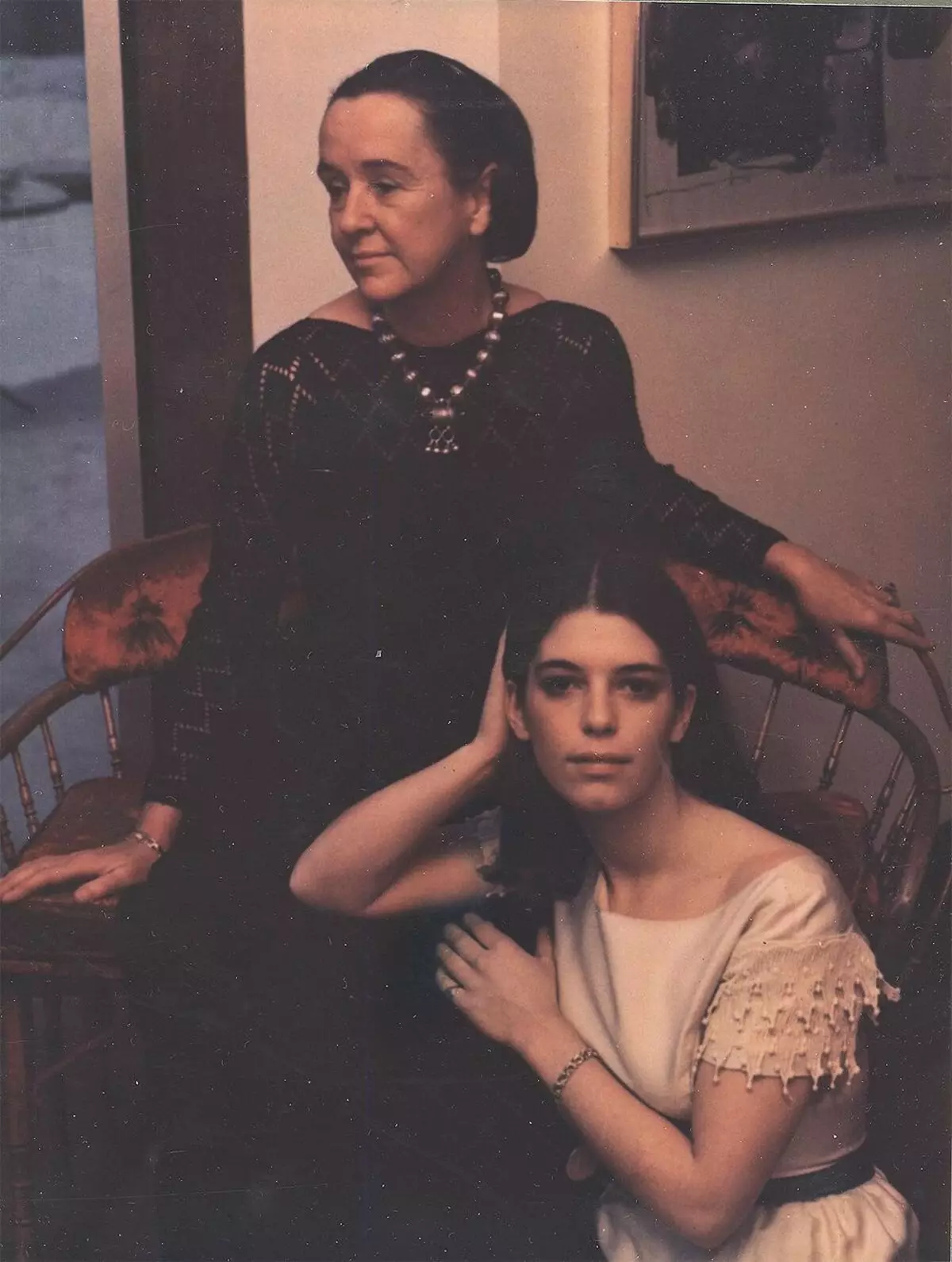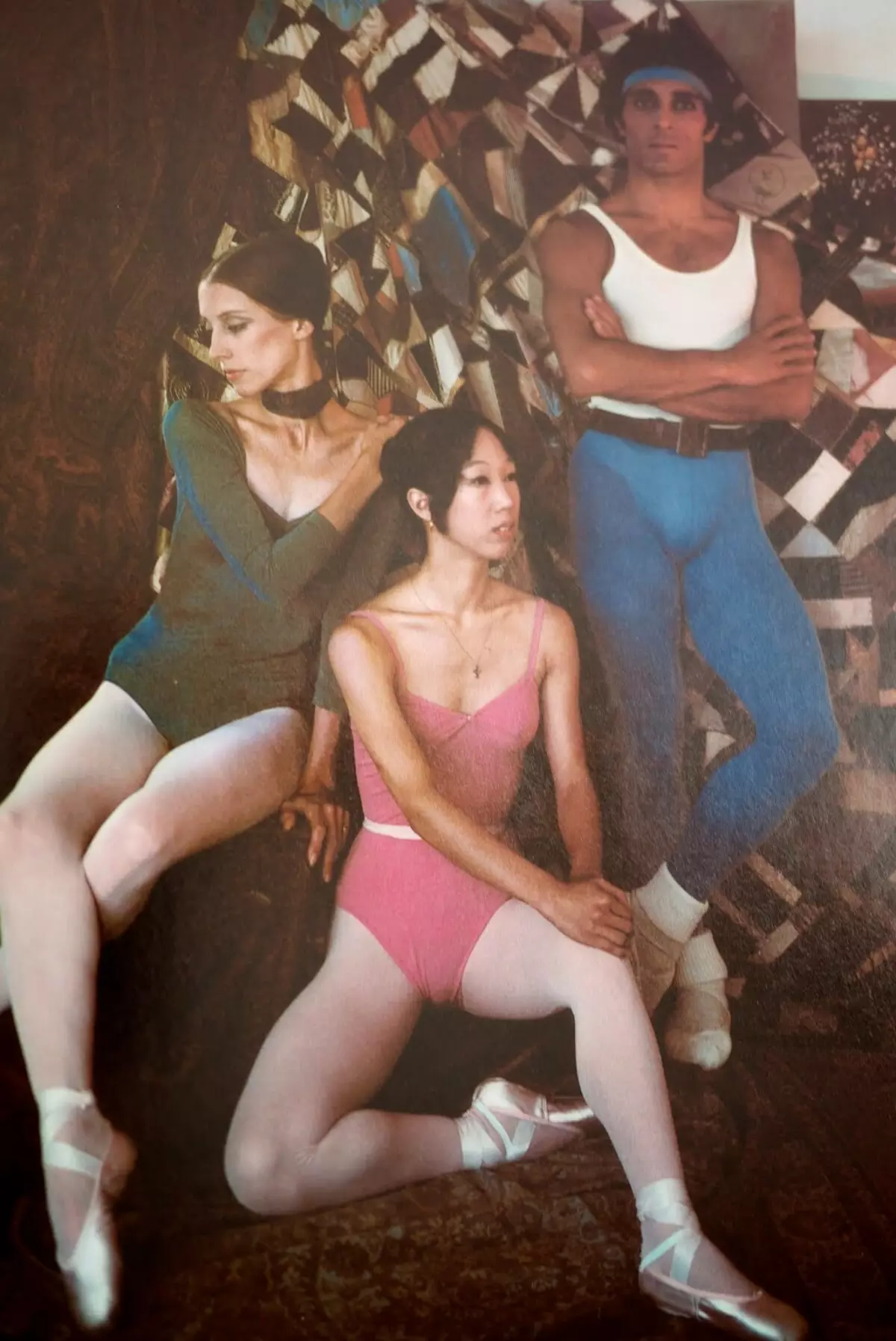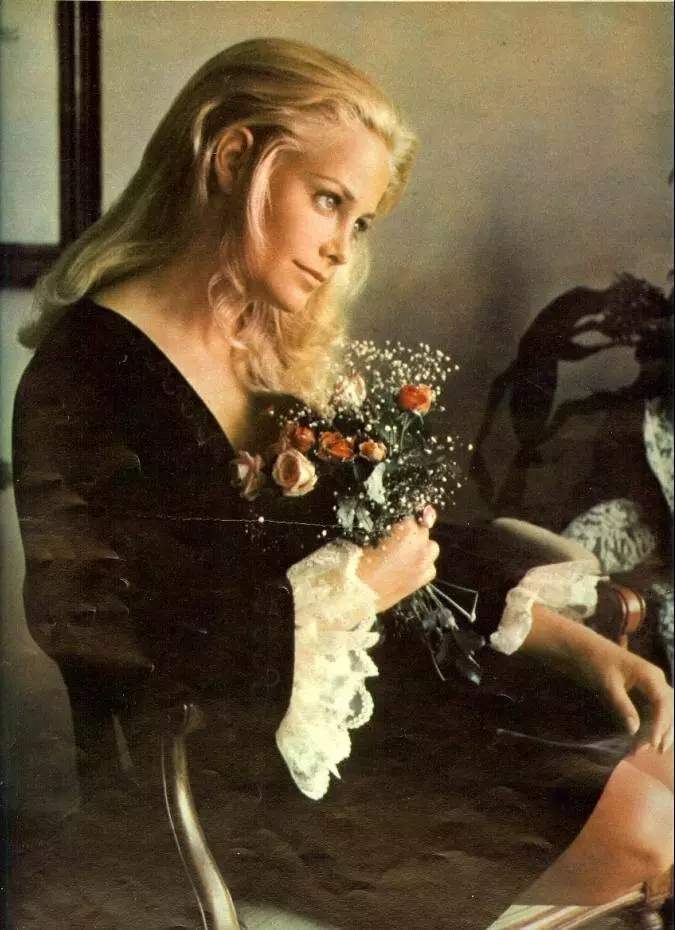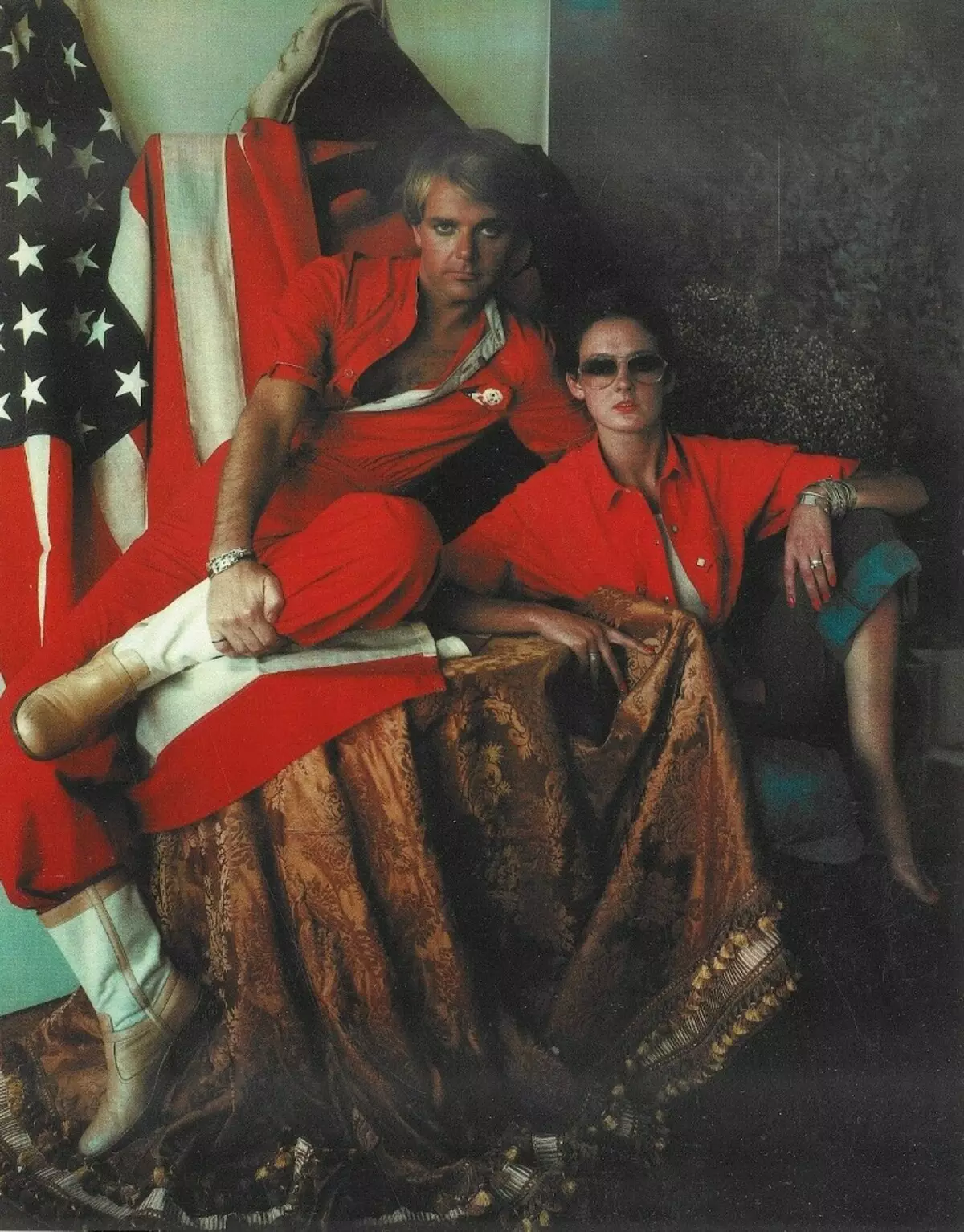American photographer Marie Kosyplas turned a color photo in a separate art type. In the 60s, when only the black and white photo was seriously perceived, the absolute monochm in the spirit of Diana Arbus and Richard Avedon, she went against the current, immersed in experiments with Polaracolor colored films for Polaroid. Rembrandt portraits of Kosplandas, the picturesque still-life of indescribable content and colors made it a unique master. She created his own niche in the photo, before our time no one dreamed even to encroach on it.
Maximum reveal the possibilities of color in the photo is capable of a person who is an artist. Color management is akin to writing a picture, playing musical instrument, creating sculpture. The author should lead the color from the beginning to the end. Anticipate a possible result, choosing a type of film, its photosensitivity, using lenzovy filters, paying attention to color changes in developing and printing. This is a complex technical process that requires perseverance, courage, readiness to be tirelessly experiment.
Marie Kosplandas in his youth studied drawing and painting in the evening classes at the Boston Museum School. In the afternoon, she was trained in the modern school design school. Kosplandas was interested in working with tissues, she designed textiles, for some time there was a color coordinator in a firm that was engaged in museum reproductions.
The photo came into life by chance. Grekunka by origin, she went on vacation to the mother's parents. Local landscapes were impressive, Marie Scheckled non-stop. She wanted to bring home as many photos as possible to use them when writing landscapes. Already at the arrival noted that the footpaths are completely self-sufficient. So there was a desire to learn a photo professionally.
Those who knew Marie personally describe her as a miniature woman who always spoke very quietly. Its external data was confused by all the cards, since the character of Kospridas was steel, it was impossible to stop, confusing, she did not accept failures.
Deciding to become a photographer at 36 years old, Marie wished to learn from the best. She herself appealed to the creative workshop of the famous American photographer Essel Adams, but received a refusal. Then Marie called him personally and began to decide still to take her for training, but Adams remained adamant. Kosndas pinched him with letters, told phone calls until he surrendered and allowed her to appear in California for training.
Thin feeling monochrome colors of the photo, Adams noticed that the compositions that Kosprdas created were primarily a color.
"Marie," he told her. - This is a good thing, but she is colored. You can not highlight a black and white contrasting gamut in it. You think in color.
Encel Adams led her to the founder of Polaroid Corporation Edwina Land. Land was looking for photographers who could test the batch of the new Polacolor film. Among the twelve photographers, Kosyprdas began to experiment, having got the unlimited stock of the photo material for this.
Kosndas acted as the discoverer. Stepping into the unexplored territory, organized a real study that lasted almost three years. She became a pioneer of colored artistic photographs in the United States, since earlier the color in the photo was acceptable only for the shooting of advertising.
What only she did not figure out the film. Took pictures in the premises warmed up to the ninety degrees. Printed with scotch filters of warm shades (most often orange, yellow, purple) over lenses. Increased the exposure time, removed portraits on a dark background, almost in the twilight, reaching the depth of Rembrandt's cloths. Kosndas literally painted with color, gave him new characteristics, shades. Many tried to imitate her, but no one would have come to achieve such an effect.
Many hours of experiments helped her understand the magic of the Polaroid photo, the dependence of the desperation from temperatures. It turned out that in the warmth Polaroid gives a more natural color reproduction, without blue.
"I want to comprehend the mystery of the color itself," Kosplas said in one interview. "Usually, photographing at the end of the day, this time Rembrandt preferred for painting. So on the surface of the color becomes visible to the finest shades. They are as complex and inconstant as anyone. Perhaps even more difficult. Lorism, the mystery of the color is my signature.
Immersion in the "Memory Mirror" allows the photographer to show its uniqueness. Marie Kosprdas plunged into this mirror with his head. Extracted all his children's hobbies, fantasies, dreams from it.
Born in a large family (Marie had nine brothers and sisters), she lived in a cramped, crowded apartment. At the disposal of the girl there was a corner with a small built-in wardrobe. He became her personal treasury. All day marie put their baubles, dolls, souvenirs. Like a little forty, she dragged into her secluded shelter everything that found.
Already, being a photographer, in his baroque, for someone even Kitchev, still lifes, in the spirit of Clima and Caravaggio, Kospridas returned to the old children's passion, rethinking it as an artist. Created worlds from dolls, flowers, perfume bottles, trimming fabrics, vegetables, glass, beads, old photos, masks, oolely and plunge into a secret garden of characters. The viewer cannot but guess - they are collected by chance, or a kaleidoscope of objects - a cipher that needs to be solved. She did not love the word "still life" (literally "dead nature"), believed that in its compositions, objects were in constant motion.
Her favorite light was "daylight on a cloudy day from the northern window." Twilight, room temperature, color filters, helped her to remove unique, deep, picturesque portraits.
In the series "Dandy" and "Grandes Dames of Couture", she removed Yves Saint-Laurent, Andy Warhol, Trumen Hood, Ezru Pound, writer Tom Wolf, Coco Chanel, Elz Skiaparelli, Peggy Guggenheim and many others.
In the book "Marie Kosyprdas: Colored photos" Tom Wolfe described in the preface, as His shooting took place:
- I opened the door and saw a miniature woman. She carried a sports bag, almost the same size as she herself. It lay in it, among which there were no lighting devices at all. She worked only with natural light. After watching me, the most quiet voice asked to change clothes into a white suit, put on a blue tie, socks the same color, put a blue handkerchief in his pocket. When I returned, I said nothing. Only installed an ancient tripod, and not the same ancient Camera with him (Kosplandas did not shoot the Polaroid, to shoot, she used a used Linhof 4x5 chamber, which charged film plates with colored Polacolor). She pointed out where to sit down and the sama itself disappeared under the black bedspread. After each frame, silently appeared, separated the film from the surface of the plate, examined the result and disappeared again. Did not show me photos, did not say anything. Removed until the expression "Mr. Wonderful" disappeared from my face and I stopped thinking about what I look.
Yves Saint-Laurean Kosprdas removed the barefoot, in a bright shirt, overflowing the folds of which reminded the Vermeer's canvas. For the photo, Andy Warhol ordered to remove the pile of the rubble, which blocked the fire door in his studio, put the artist on the cornice, back to the stairs and took off with natural light.
When both series were ready, they caused great interest in the curator of the Museum of Contemporary Art John Sharkovski. He suggested Kosprdas a solo exposition by making her fifth woman in the history of the museum, which had a personal exhibition. In a press release, Sharkovski wrote: "Her photographs are as real and just as implausible as butterflies." Invitations to the exhibition were sent on thick cards with a glossy private photo of colors in a vase.
Up to the 80s Kozosndas was one of the most famous photographers of America. She worked on the shooting of cult films, with famous brands. The sunset of its glory explains the growth of the popularity of the documentary photography. She did not want to block their fantasy worlds, sought meaningfulness, painting frames. The photographer itself said well about the time: "My photos did not come out of fashion, they just stopped being in sight."
Seriously influenced the further creativity and the problems of Marie with his back. Kosndas made several difficult operations, it could no longer carry hard photographic equipment and cope with it.
Marie Kosplandas was among the few photographers who managed to survive the recreation of a career. In 2013, three dozen years old, she returned with a loud exhibition at the Museum of American Art of Amon Carter, as well as a large solo retrospective in the center of the University of Boston. From the hands of Tom Wolf Kosplandas received a reward for lifetime achievements.
In 93, Marie Kosprdas read a lecture and a seminar at the University of Massachusetts. Despite her old age, it was happy, full of energy, meeting with friends, indulged in memories, worried a creative rise. Such her remembered close people, colleagues.
Two weeks after lecture, the photographer slightly slightly with a strong cold, which turned into pneumonia. On May 25, 2017, there was a relapse, and Marie Kospridas did not.
"She was unusual, possessed the wonderful sense of humor," recalls Marie Niece. - Her luxurious apartment was filled with an organized confusion. She kept everything that could be included in the photo. A few weeks before the illness, I asked: why do you need a green foil, into which mint candies wrap up. She replied: "Perhaps someday she will come in handy." For many years she suffered from problems with his back, because of whom it was difficult for her to move, but the aunt never slept. It is a pity that she never managed to write memoirs, many wonderful stories went with her.
The originals of Kosprdas are preserved in excellent condition, she kept them very carefully. Those who have seen snapshots assure - reproductions, imprints, for a hundredth share do not transmit real beauty, delighted with color overflows, its photos must be seen live.
Nowadays, part of Sprintas's pictures is located in the collection of the Art Museum of J. Paul Ghetty (California, Los Angeles).
Author: Inna Moskalchuk
